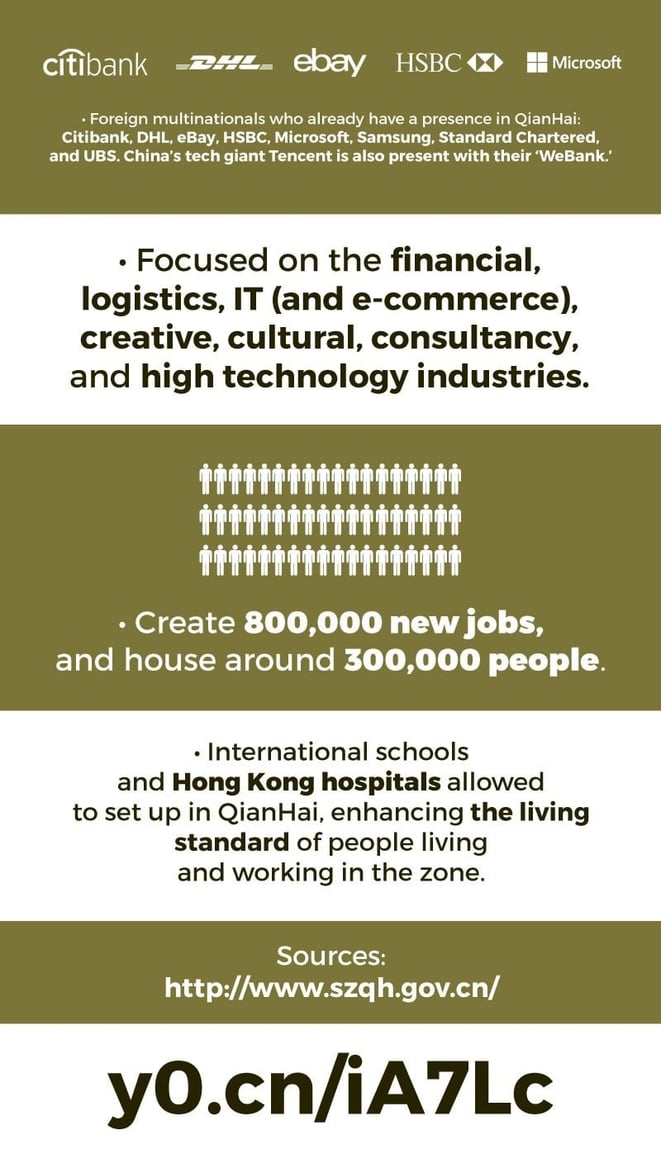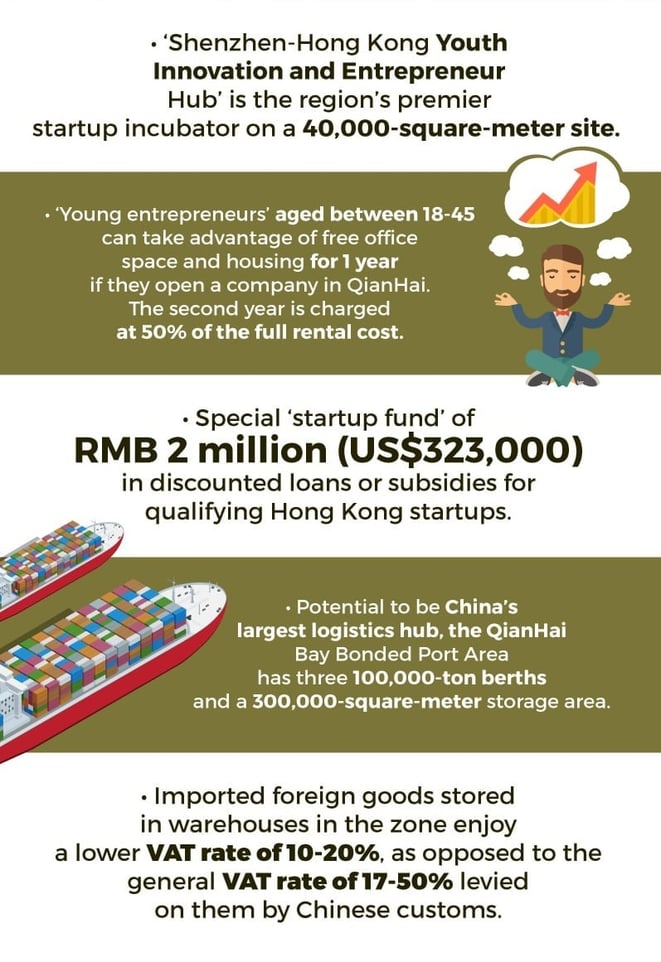
Brief Introduction to Shenzhen
Shenzhen is
located at the forefront of the Pearl River Delta
and borders on the New Territories of Hong Kong in the south, Daya Bay in the east, the outlet of Pearl River and Dongguan and Huizhou in the
north, being an important coastal communication hub in South China. Shenzhen is
the only city that owns seaports, airport and land ports in China. Its seaports
are especially developed. The Shenzhen Port ranks sixth among world container
ports. Shenzhen owns Luohu Port, the largest land passenger port in China and Huanggang Port,
the largest land freight port. At the same time, Guangshen, Shenshan, Jingjiu and Guangshen expressways link Hong Kong, Shenzhen and inland cities. 24-hour customs
clearance practiced by Shenzhen and Hong Kong ports, electronic inspection and
release and the commencement of construction of the West Bridge will make
Shenzhen and Hong Kong connected more closely. The regional advantages of
Shenzhen will be further highlighted and the economy of both Shenzhen and Hong
Kong can further thrive. Besides, Shenzhen is a bridge linking Hong Kong with
inland area and linking inland area with the world Supporting Industry Advantage
Shenzhen is a production base, R&D base and transaction base of high-tech products including computer and parts, communication equipment, audio visual products, optical and electromechanical products, biological engineering products, etc. Shenzhen has over 1500 factories producing supporting parts of computer, which produce almost all computer parts except chips. Their annual supporting ability is over 30 million sets. There are over 30 million lines for communication and exchange. Shenzhen has become an electronic supporting center in mainland China. China International High-tech Result Fair is held in Shenzhen once every year.
Shenzhen is a production base, R&D base and transaction base of high-tech products including computer and parts, communication equipment, audio visual products, optical and electromechanical products, biological engineering products, etc. Shenzhen has over 1500 factories producing supporting parts of computer, which produce almost all computer parts except chips. Their annual supporting ability is over 30 million sets. There are over 30 million lines for communication and exchange. Shenzhen has become an electronic supporting center in mainland China. China International High-tech Result Fair is held in Shenzhen once every year.
The
economic environment of Shenzhen consists of four pillar industries: high-tech,
modern logistics, financial services and the cultural industry. It is
noteworthy that Shenzhen is home to the Shenzhen Stock Exchange (SSE). The SSE
is a mutualized national stock exchange under the China Securities Regulatory
Commission that provides a venue for securities trading to a broad spectrum of
market participants, including over 1,500 listed companies as of 2014.
Due to
its close proximity Hong Kong, Shenzhen has strong economic ties with the
specially administered region. Hong Kong is its main export destination. In
2012, export to Hong Kong was US$146.37 billion, accounting for 53.94% of
Shenzhen's total export volume. Shenzhen has also managed to attract
substantial amounts of foreign direct investments---the utilized FDI in 2013
reached US$5.23billion, of which 34.4 percent went into the manufacturing
sector.
Under
State direction, Shenzhen aims to focus on innovation as its dominant strategy
for future development. The number of Shenzhen’s Patent Cooperation Treaty
application ranked first in China over eight consecutive years.
For
more information about Shenzhen, Please
visit http://english.sz.gov.cn/
http://en.szinvest.gov.cn/
Guideline
To Register Business In ShenZhen,Offer Complete Range Of Company Set Up
Corporate Formation Business Registration Services ShenZhen China
To facilitate people who want to invest and
set up company in Shenzhen, here is an introduction of Types of business
presence in China:
Before starting up a business in China, you
have to know what are the options. Foreign Investors generally establish a
business presence in China in one of five modes: Wholly Foreign Owned
Enterprise (WFOE); Representative Office; Foreign Invested Partnership
Enterprises (FIPE); Joint Venture and Hong Kong Holding Company.
Wholly
Foreign Owned Enterprise (WFOE) is a Limited liability company wholly owned
by the foreign investor. WFOE requires registered capital and it's liability of
equity , can generate income, pay tax in China and it's profit could be
repatriate back to investor's home country. Any enterprise in China which is
100 percent owned by a foreign company or companies can be called as WFOE. No.
minimum registered capital is required for WFOEs with scope of business of
consulting, Trading, retailing, information technology etc. in China. There are
minimum registered capital still required for some industries for instance:
Banking, Forwarding etc Since China still maintains foreign currency control
policy, it's still advisable to choose registered capital within RMB 100,000 ~
RMB 500,000 as the minimum registered capital. Companies can now determine how
much capital will be required to maintain their operations and must simply
ensure that they meet those targets within a period of 10 years.
Representative
Office (RO) is a Liaison Office of it's parent company. It requires no
registered capital. It's activities would be: product or service promotion,
market research of it's parent company's business, Quality Control liaison
office etc in China. RO generally is prohibited to generate any revenue nor
generating contracts with local businesses in China.
Joint
Venture (JV) is a Limited liability company formed between Chinese investor and
Foreign investor. The parties agree to create a entity by both contributing
equity, and they then share in the revenues, expenses, and control of the
enterprise. JV usually been used by foreign investor to engage the so called
restricted in areas such like: Education, Mining, Hospital etc.
Since
March 1, 2010, Measures of Establishment of Foreign Invested Partnership
Enterprises (FIPE) in China is taking effect. The regulation, which take
effect since March 1, 2010, are known as the Administrative Measures for the
Establishment of Partnership Enterprise in China by Foreign Enterprises or
Individuals. There's no required minimum registered capital for a Foreign
Invested Partnership Enterprise (FIPE) in Shanghai, Beijing, Shenzhen, Hangzhou
and rest cities of China
Hong
Kong Company usually been used as a Special Purpose vehicle (SPV) to invest
Mainland China. Hong Kong is one of the quickest locations to Incorporate a
business. Although a HK company is not a legal entity in Mainland China
(MainlandChina and Hong Kong, See Wiki 1 country, 2 systems), lots foreign
investors, especially investors from Europe and North America still chose to setting
up a Hong Kong company as SPV to invest China.
After China's entry to WTO, most industries
in China welcome foreign investment, WFOE setting up in China becomes the first
option of foreign investment's entity structures instead of Rep. Office setting
up in China At the mean time, for tax purpose, effective licensing system etc
more and more investors use Hong Kong as the holding company to invest China
mainland, using this offshore company to hold their operations in China.
Business set-up in Shenzhen is a big
project by itself, which requires financial and time commitments, business
management knowledge and China expertise. Identifying a competent agent to manage
the complex process will be a cost and time effective way to avoid potential
pitfalls
Since 2006, Tommy China
Business Consulting has been focusing on consulting services for our clients
to register company in ShenZhen. We offer a range of company formation services
including helping you to set up:
-Wholly Foreign Owned Enterprises (WFOE )
-Joint Ventures (Equity/Co-operative)
-Foreign Invested Partnership Enterprises
(FIPE)
Email: tomlee@tommyconsulting.com,
Skype: tomleeli
WhatSapp/Wechat/Cell Phone: +86 18926401128




